
26.3. Other Unicode Blocks
So far we've accounted for a little over 300 of the more than 90,000 Unicode characters. Many thousands are still unaccounted for. Outside the ranges defined in XHTML and SGML, standard entity names don't exist. You should either use an editor that can produce the characters you need in the appropriate character set or you should use character references. Most of the 90,000-plus Unicode characters are either Han ideographs, Hangul syllables, or rarely used characters. However, we do list a few of the most useful blocks later in this chapter. Others can be found online at http://www.unicode.org/charts/ or in The Unicode Standard Version 3.0 by the Unicode Consortium (Addison Wesley, 2000).
In the tables that follow, the upper lefthand corner contains the character's hexadecimal Unicode value, and the upper righthand corner contains the character's decimal Unicode value. You can use either value to form a character reference so as to use these characters in element content and attribute values, even without an editor or fonts that support them.
26.3.1. Latin Extended-A
The 128 characters in the Latin Extended-A block of Unicode are used in conjunction with the normal ASCII and Latin-1 characters. They cover most European Latin letters missing from Latin-1. The block includes various characters you'll find in the upper halves of the other ISO-8859 Latin character sets, including ISO-8859-2, ISO-8859-3, ISO-8859-4, and ISO-8859-9. When combined with ASCII and Latin-1, this block lets you write Afrikaans, Basque, Breton, Catalan, Croatian, Czech, Esperanto, Estonian, French, Frisian, Greenlandic, Hungarian, Latvian, Lithuanian, Maltese, Polish, Provençal, Rhaeto-Romanic, Romanian, Romany, Sami, Slovak, Slovenian, Sorbian, Turkish, and Welsh. See Figure 26-7.
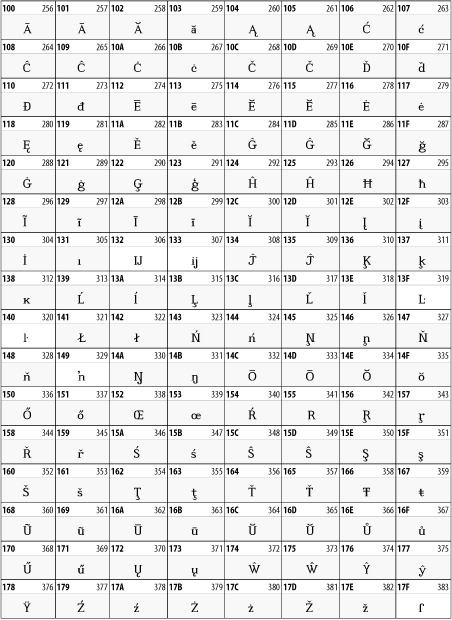
Figure 26-7. Unicode's Latin Extended-A block
26.3.2. Latin Extended-B
The Latin Extended-B block of Unicode is used in conjunction with the normal ASCII and Latin-1 characters. It mostly contains characters used for transcription of non-European languages not traditionally written in a Roman script. For instance, it's used for the Pinyin transcription of Chinese and for many African languages. See Figure 26-8.
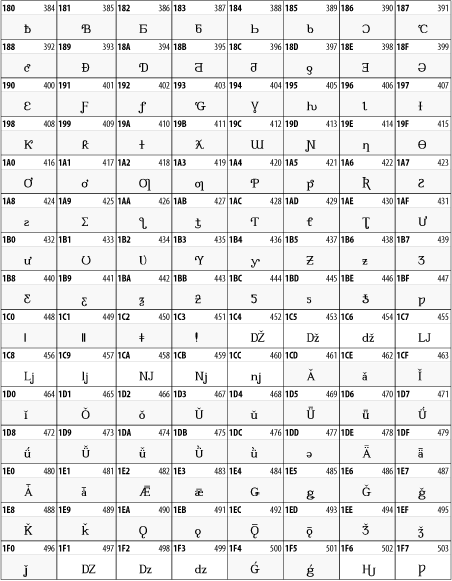
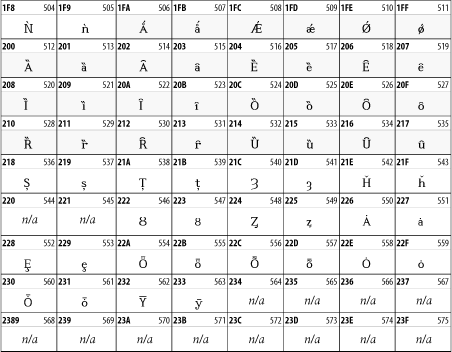
Figure 26-8. The Latin Extended-B block of Unicode
26.3.3. IPA Extensions
Linguists use the International Phonetic Alphabetic (IPA) to identify uniquely and unambiguously particular sounds of various spoken languages. Besides the symbols listed in this block, the IPA requires use of ASCII, various other extended Latin characters, the combining diacritical marks in Figure 26-11, and a few Greek letters. The block shown in Figure 26-9 only contains the characters not used in more traditional alphabets.
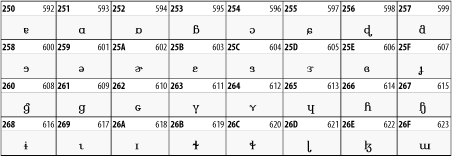

Figure 26-9. The IPA Extensions block of Unicode
26.3.4. Spacing Modifier Letters
The Spacing Modifier Letters block, shown in Figure 26-10, includes characters from multiple languages and scripts that modify the preceding or following character, generally by changing its pronunciation.
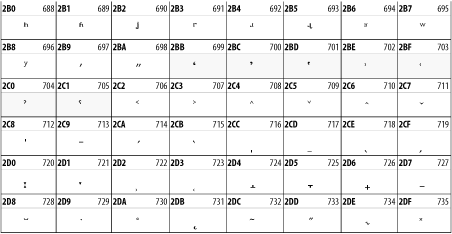

Figure 26-10. The Spacing Modifier Letters block of Unicode
26.3.5. Combining Diacritical Marks
The Combining Diacritical Marks block contains characters that are
not used on their own, such as the accent grave and circumflex.
Instead, they are merged with the preceding character to form a
single glyph. For example, to write the character Ñ, you
could type the ASCII letter N followed by the combining tilde
character, like this: Ñ. When rendered,
this combination would produce the single glyph Ñ. In
Figure 26-11 the character to which the diacritical mark is attached
is a dotted circle  (Unicode code point &0x25CC;) but of course it could be any normal character.
(Unicode code point &0x25CC;) but of course it could be any normal character.
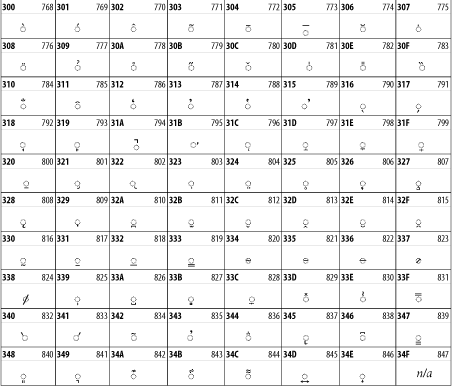
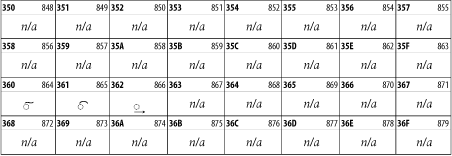
Figure 26-11. The Combining Diacritical Marks block of Unicode
26.3.6. Greek and Coptic
The
Greek
block of Unicode is used primarily for the modern Greek language.
Currently, it's the only option for the
Greek-derived Coptic script, but it doesn't really
serve that purpose very well, and a separate Coptic block is a likely
addition in the future. Extending coverage to classical and Byzantine
Greek requires many more accented characters, which are available in
the Greek Extended Block, shown in Figure 26-22, or by combining these
characters with the Combining Diacritical Marks in Figure 26-11. The
Greek alphabet is also a fertile source of mathematical and
scientific notation, though some common letters, such as  and
and  , are encoded separately in the Mathematical
Operators block in Figure 26-27 and the Mathematical Alphanumeric
Symbols block in Figure 26-28 for their use as mathematical symbols.
The Greek and Coptic block of Unicode is shown in Figure 26-12.
, are encoded separately in the Mathematical
Operators block in Figure 26-27 and the Mathematical Alphanumeric
Symbols block in Figure 26-28 for their use as mathematical symbols.
The Greek and Coptic block of Unicode is shown in Figure 26-12.
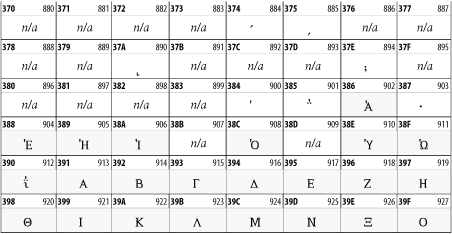
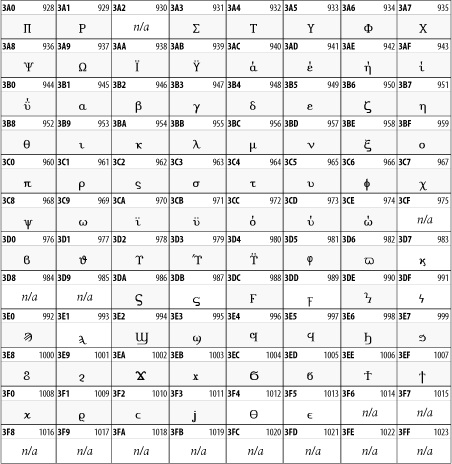
Figure 26-12. The Greek and Coptic block of Unicode
26.3.7. Cyrillic
While the Cyrillic script shown in Figure 26-13 is most familiar to Western readers from its use for Russian, it's also used for other Slavic languages, including Serbian, Ukrainian, and Byelorussian, and for many non-Slavic languages of the former Soviet Union, such as Azerbaijani, Tuvan, and Ossetian. Indeed, many characters in this block are not actually found in Russian, but exist only in other languages written in the Cyrillic script. Following the breakup of the Soviet Union, some non-Slavic languages, such as Moldavian and Azerbaijani, are now reverting to Latin-derived scripts.

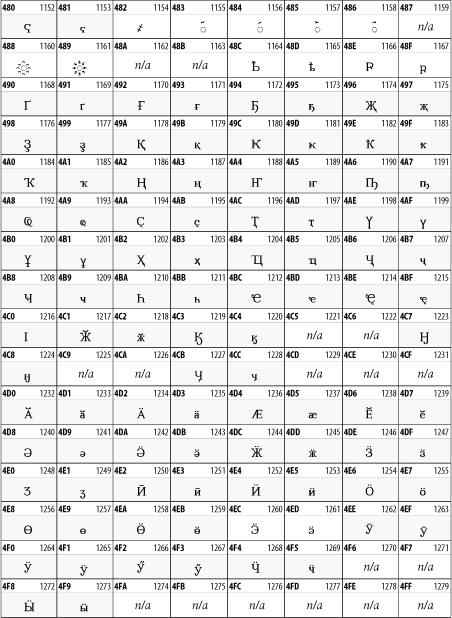
Figure 26-13. The Cyrillic block of Unicode
26.3.8. Armenian
The Armenian script shown in Figure 26-14 is used for writing the Armenian language, currently spoken by about seven million people around the world.

Figure 26-14. The Armenian block of Unicode
26.3.9. Hebrew
The Hebrew alphabet is used for Hebrew, Yiddish, and Judezmo. It's also occasionally used for mathematical notation. See Figure 26-15.

Figure 26-15. The Hebrew block of Unicode
26.3.10. Arabic
The Arabic script shown in Figure 26-16 is used for many languages besides Arabic, including Kurdish, Pashto, Persian, Sindhi, and Urdu. Turkish was also written in the Arabic script until early in the twentieth century when Turkey converted to a modified Latin alphabet.
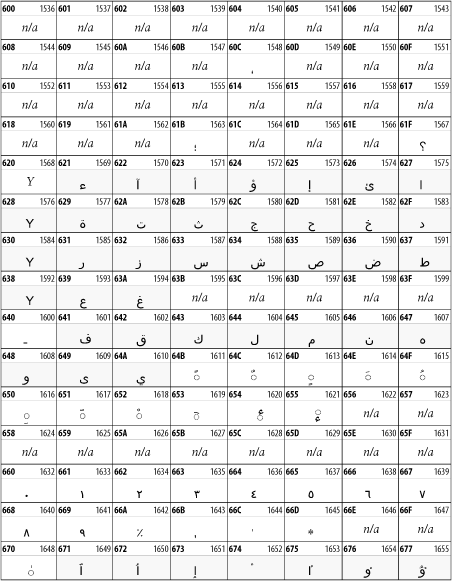
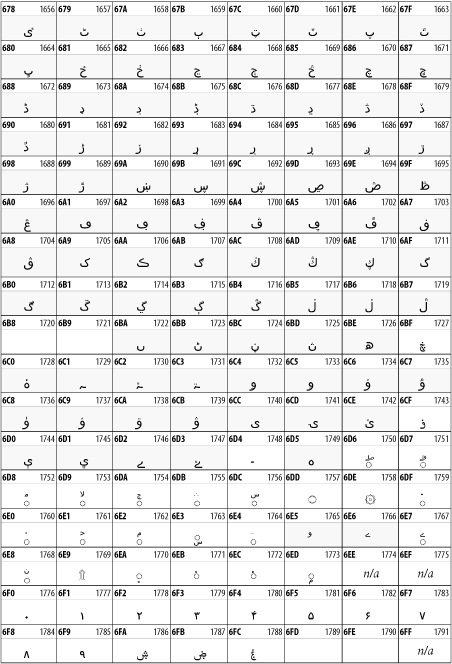
Figure 26-16. The Arabic block of Unicode
26.3.11. Devanagari
The Devanagari script is used for many languages of the Indian subcontinent, including Awadhi, Bagheli, Bhatneri, Bhili, Bihari, Braj Bhasa, Chhattisgarhi, Garhwali, Gondi, Harauti, Hindi, Ho, Jaipuri, Kachchhi, Kanauji, Konkani, Kului, Kumaoni, Kurku, Kurukh, Marwari, Mundari, Newari, Palpa, and Santali. It's also used for the classical language Sanskrit. See Figure 26-17.


Figure 26-17. The Devanagari block of Unicode
26.3.12. Thai
The Thai script is used for Thai and other Southeast Asian languages, including Kuy, Lavna, and Pali. See Figure 26-18.

Figure 26-18. The Thai block of Unicode
26.3.13. Tibetan
The Tibetan script is used to write the various dialects of Tibetan and Dzongkha, Bhutan's main language. Like Chinese, Tibetan is divided into mutually unintelligible spoken languages, though the written forms are identical. See Figure 26-19.


Figure 26-19. The Tibetan block of Unicode
26.3.14. Ethiopic
The Ethiopic script is used by several languages in Ethiopia, including Amharic. Tigre, Oromo, and the liturgical language Ge'ez. See Figure 26-20.

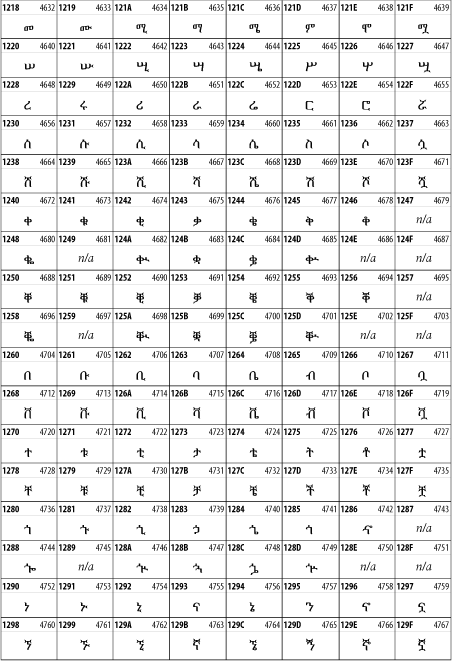
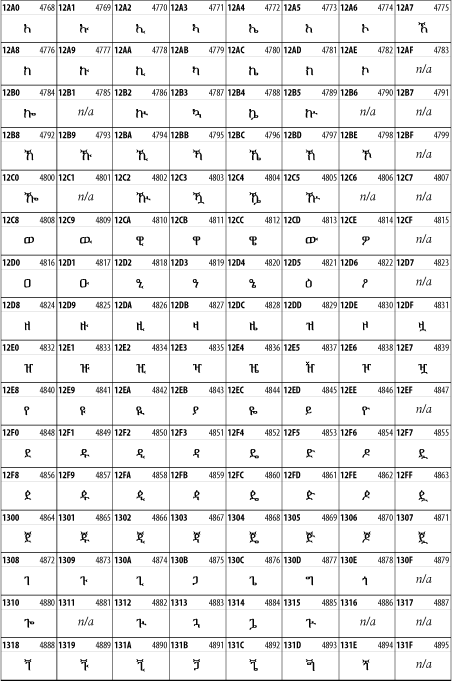
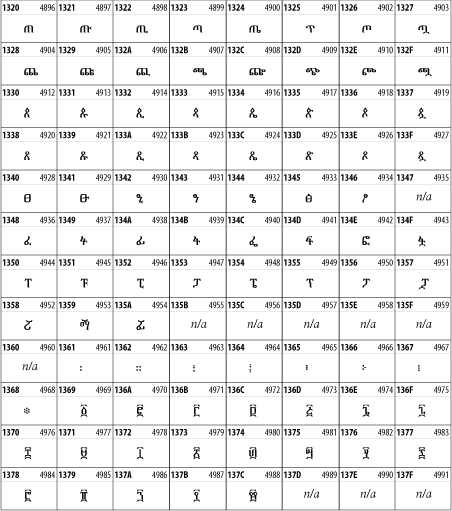
Figure 26-20. The Ethiopic block of Unicode
26.3.15. Latin Extended Additional
The Latin Extended Additional characters are single code-point representations of letters combined with diacritical marks. This block is particularly useful for modern Vietnamese. See Figure 26-21.

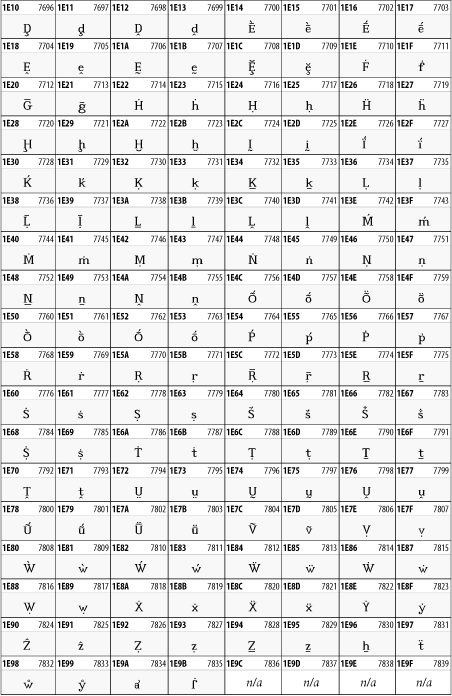
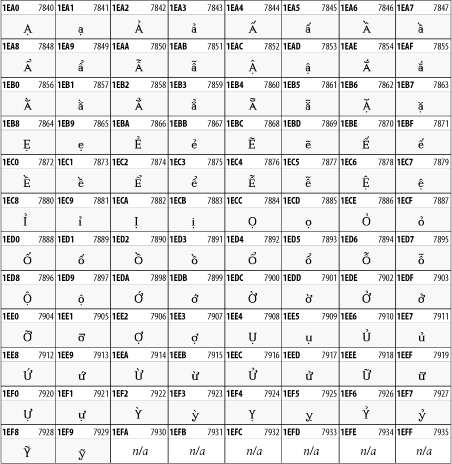
Figure 26-21. The Latin Extended Additional block of Unicode
26.3.16. Greek Extended
The Greek Extended block shown in Figure 26-22 contains mostly archaic letters and accented letters that are used in classical and Byzantine Greek, but not in modern Greek.


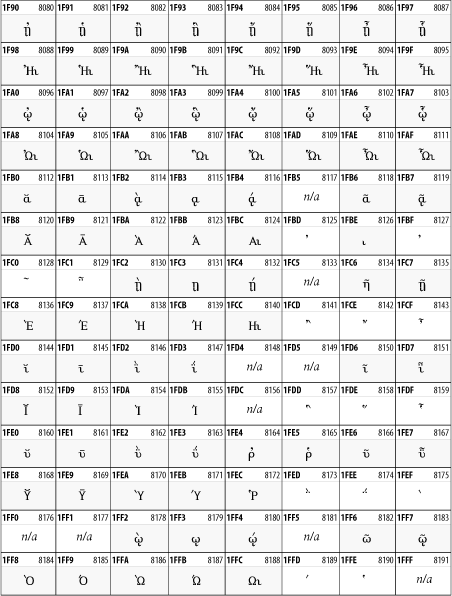
Figure 26-22. The Greek Extended block of Unicode
26.3.17. General Punctuation
The General Punctuation block shown in Figure 26-23 contains punctuation characters used across a variety of languages and scripts that are not already encoded in Latin-1. Characters 0x2000 through 0x200B are all varying amounts of whitespace ranging from zero width (0x200B) to six ems (0x2007). 0x200C through 0x200F and 0x206A through 0x206F are nonprinting format characters with no graphical representation.
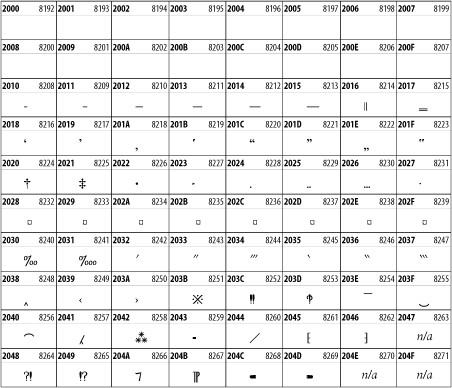
Figure 26-23. The General Punctuation block of Unicode
26.3.18. Currency Symbols
The Currency Symbols block includes a few monetary symbols not already encoded in other blocks, such as the Indian rupee, the Italian lira, and the Greek drachma. See Figure 26-24.

Figure 26-24. The Currency Symbols block of Unicode
26.3.19. Letter-Like Symbols
The Letter-Like Symbols block covers
characters that look like letters, but really
aren't, such as the  symbol used to represent a prescription. See Figure 26-25.
symbol used to represent a prescription. See Figure 26-25.

Figure 26-25. The Letter-Like Symbols block of Unicode
26.3.20. Arrows
The Arrows block contains commonly needed arrow characters, as shown in Figure 26-26.

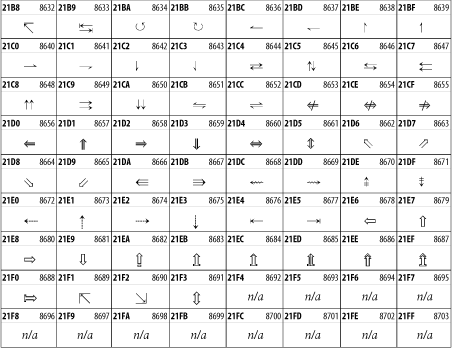
Figure 26-26. The Arrows block of Unicode
26.3.21. Mathematical Operators
The Mathematical Operators block shown
in Figure 26-27 contains a wide variety of symbols
used in higher mathematics. A few of these symbols superficially
resemble letters in other blocks. For instance, in most fonts
character 2206,  , is virtually identical to the Greek
capital letter delta. However, using characters in this block is
preferable for mathematical expressions, as it allows software to
distinguish between letters and mathematical symbols. Fonts may use
the same glyph to represent different code points in cases like this.
, is virtually identical to the Greek
capital letter delta. However, using characters in this block is
preferable for mathematical expressions, as it allows software to
distinguish between letters and mathematical symbols. Fonts may use
the same glyph to represent different code points in cases like this.
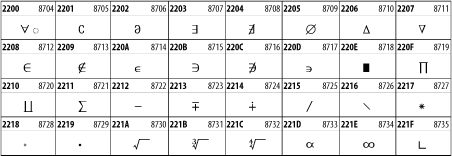
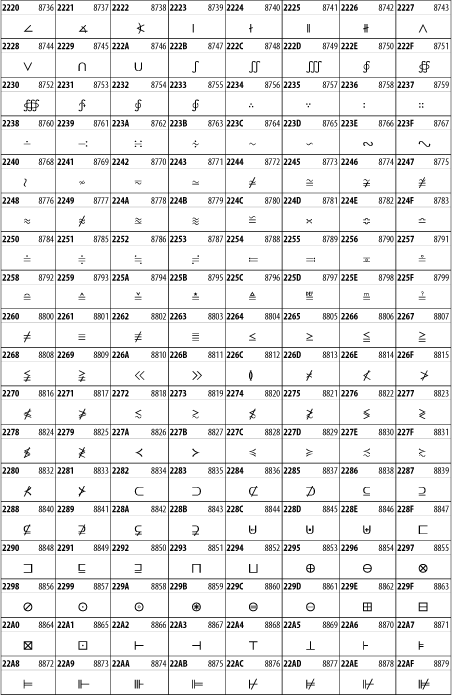

Figure 26-27. The Mathematical Operators block of Unicode
Unicode 3.1.1 adds one more block of mathematical alphanumeric symbols in Plane 1 between 0x1D400 and 0x1D7FF as shown in Figure 26-28. Mostly these are repetitions of the ASCII and Greek letters and digits in what would normally be considered font variations. For instance, 0x1D400 is mathematical bold capital A. The justification for these is that when used in an equation, they really aren't the same characters as the equivalent glyphs in text.
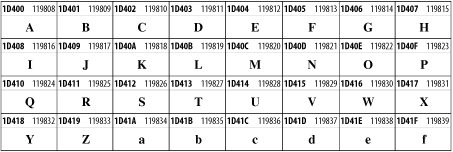
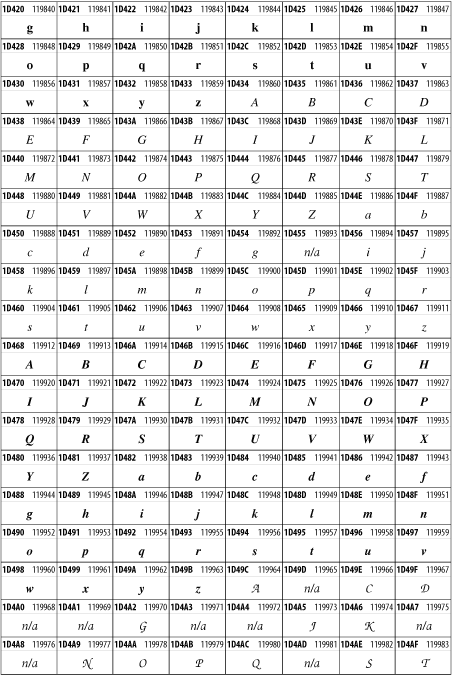

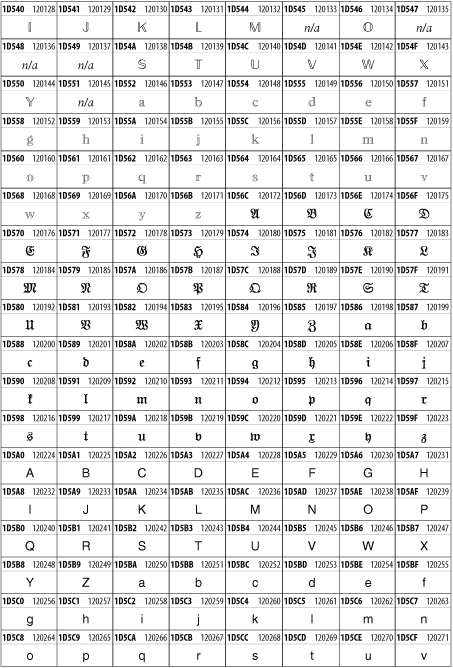



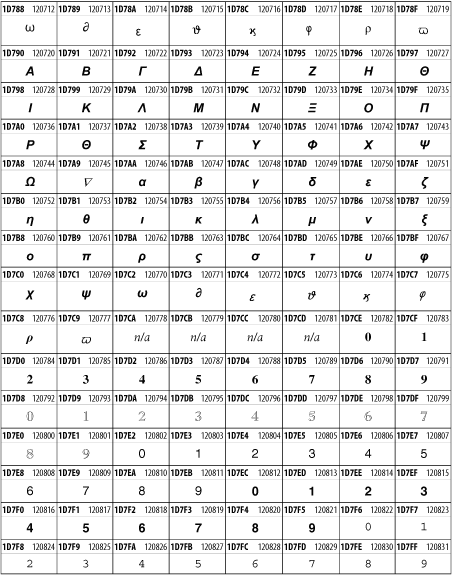
Figure 26-28. The Mathematical Alphanumeric Symbols block of Unicode
26.3.22. Miscellaneous Technical
The Miscellaneous Technical block shown in Figure 26-29 contains an assortment of symbols taken from electronics, quantum mechanics, the APL programming language, the ISO-9995-7 standard for language-neutral keyboard pictograms, and other sources.
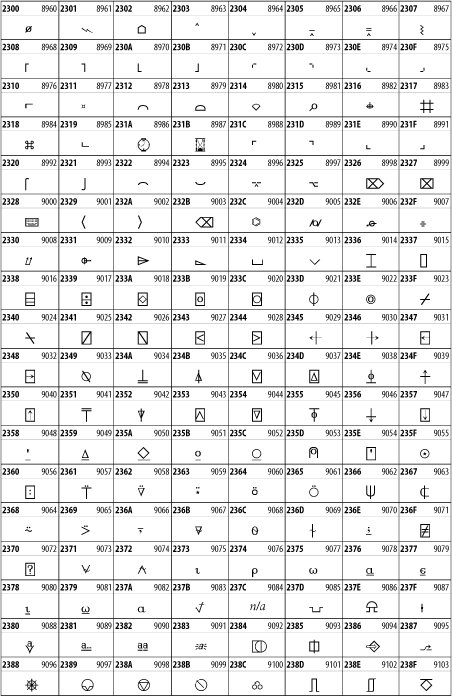

Figure 26-29. The Miscellaneous Technical block of Unicode
26.3.23. Optical Character Recognition
The Optical Character Recognition (OCR) block shown in Figure 26-30 includes the OCR-A characters that are not already encoded as ASCII and magnetic-ink character-recognition symbols used on checks.

Figure 26-30. The Optical Character Recognition block of Unicode
26.3.24. Geometric Shapes
The Geometric Shapes block combines simple triangles, squares, circles, and other shapes found in various characters sets Unicode attempts to superset. See Figure 26-31.
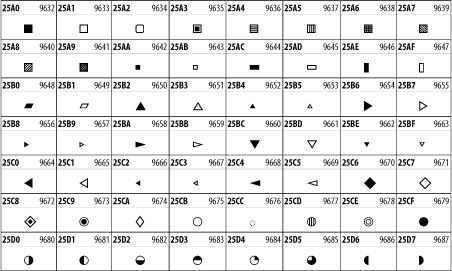
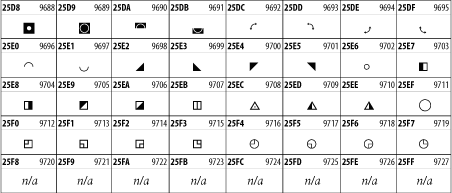
Figure 26-31. The Geometric Shapes block of Unicode
26.3.25. Miscellaneous Symbols
The Miscellaneous Symbols block contains mostly pictographic symbols found in vendor and national character sets that preceded Unicode. See Figure 26-32.

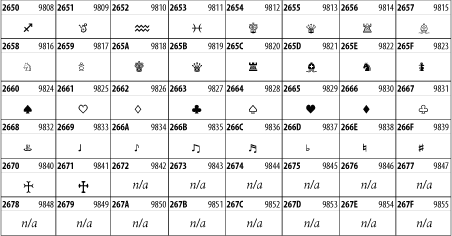
Figure 26-32. The Miscellaneous Symbols block of Unicode
26.3.26. Dingbats
The Dingbats block shown in Figure 26-33 is based on characters in the popular Adobe Zapf Dingbats font.

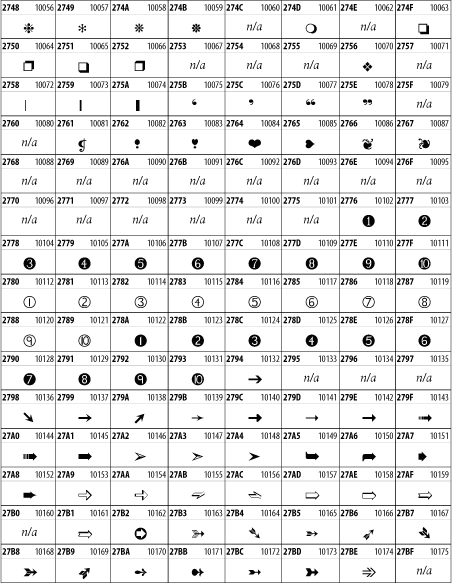
Figure 26-33. The Dingbats block of Unicode

Copyright © 2002 O'Reilly & Associates. All rights reserved.



